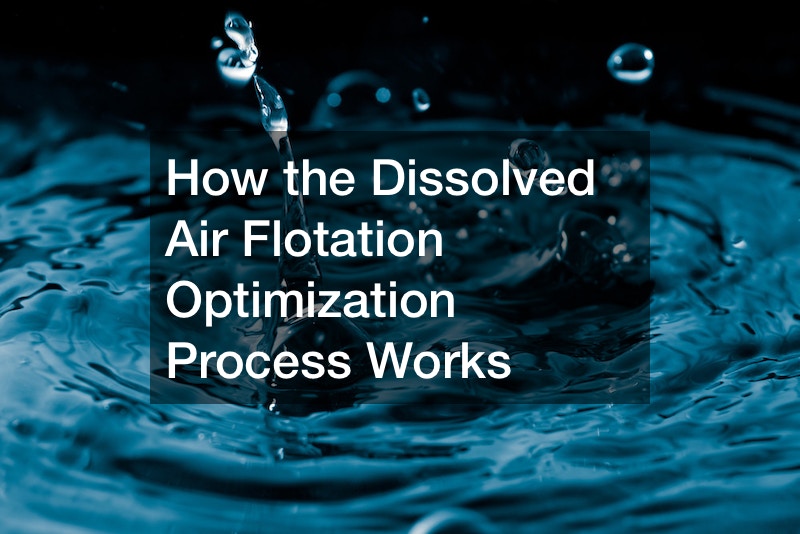How the Dissolved Air Flotation Optimization Process Works


A dissolved air flotation system, or DAF, removes various solids, oils, and other non-soluble substances from wastewater. Here is a basic overview of how the dissolved air flotation optimization process works.
A DAF is made from polypropylene, which is lightweight while allowing for a high level of corrosion and chemical resistance. These properties enable the DAF to handle a wide pH range, high temperatures, and saltwater while dissolving a high volume of solids.
It is also UV stabilized.
One key component of a DAF is the advanced pipe flocculator, which gives chemicals more time to incorporate into the stream and breaks the emulsion of the water.
The dissolved air generation pump is also central to helping a DAF function. This pump dissolves air into the water. The air bubbles then attach to the waste particles and float to the surface. Particles that are too heavy to float sink down into discharge cones.
The waste that has floated up is skimmed off the top using a rake system, and the waste that has gathered in the cones is drained out. The sludge then exits via a sludge pump, which sends it to a tank for storage.
Once the waste has been removed, the clean water is ready to exit the DAF.
.



